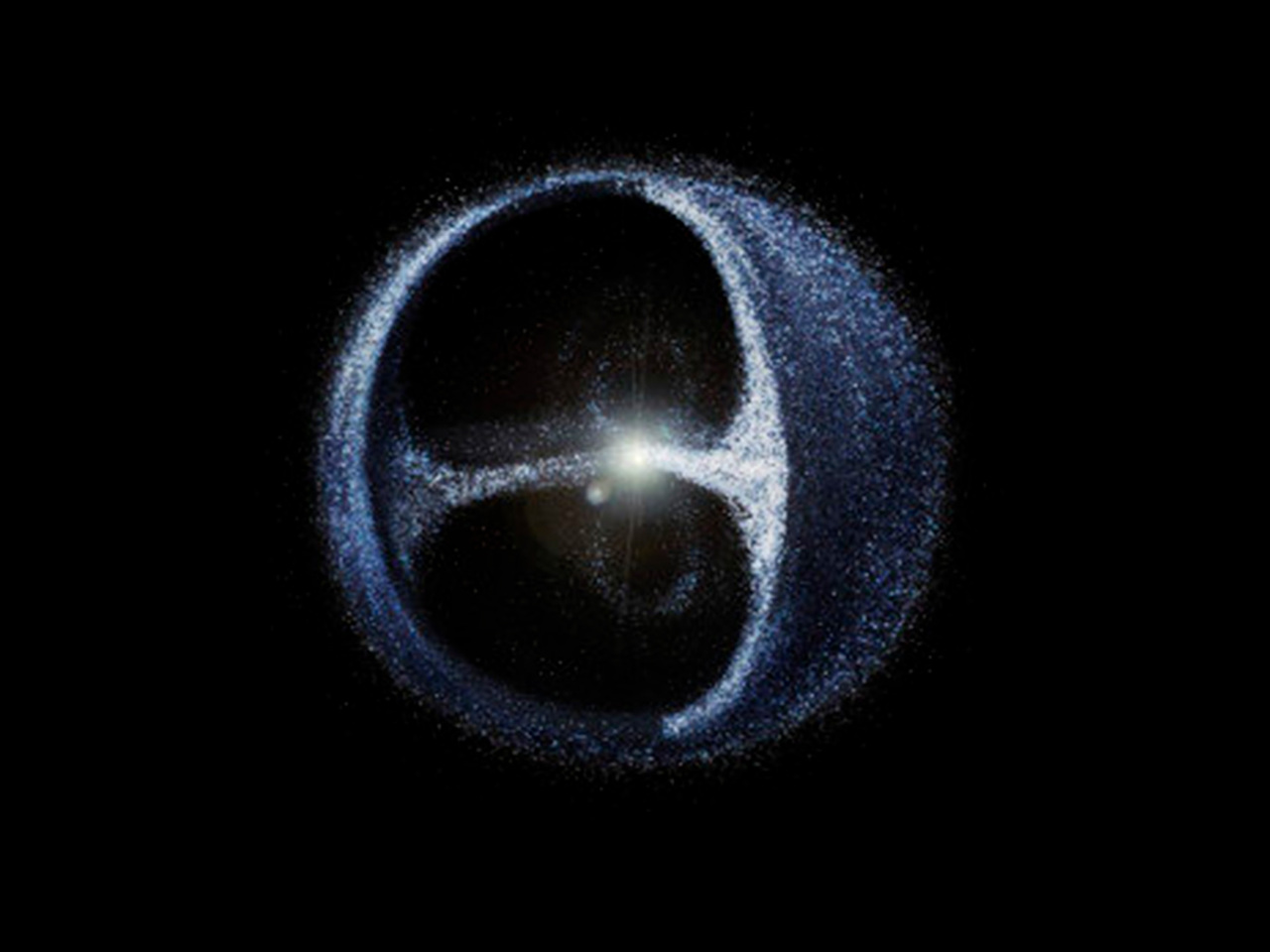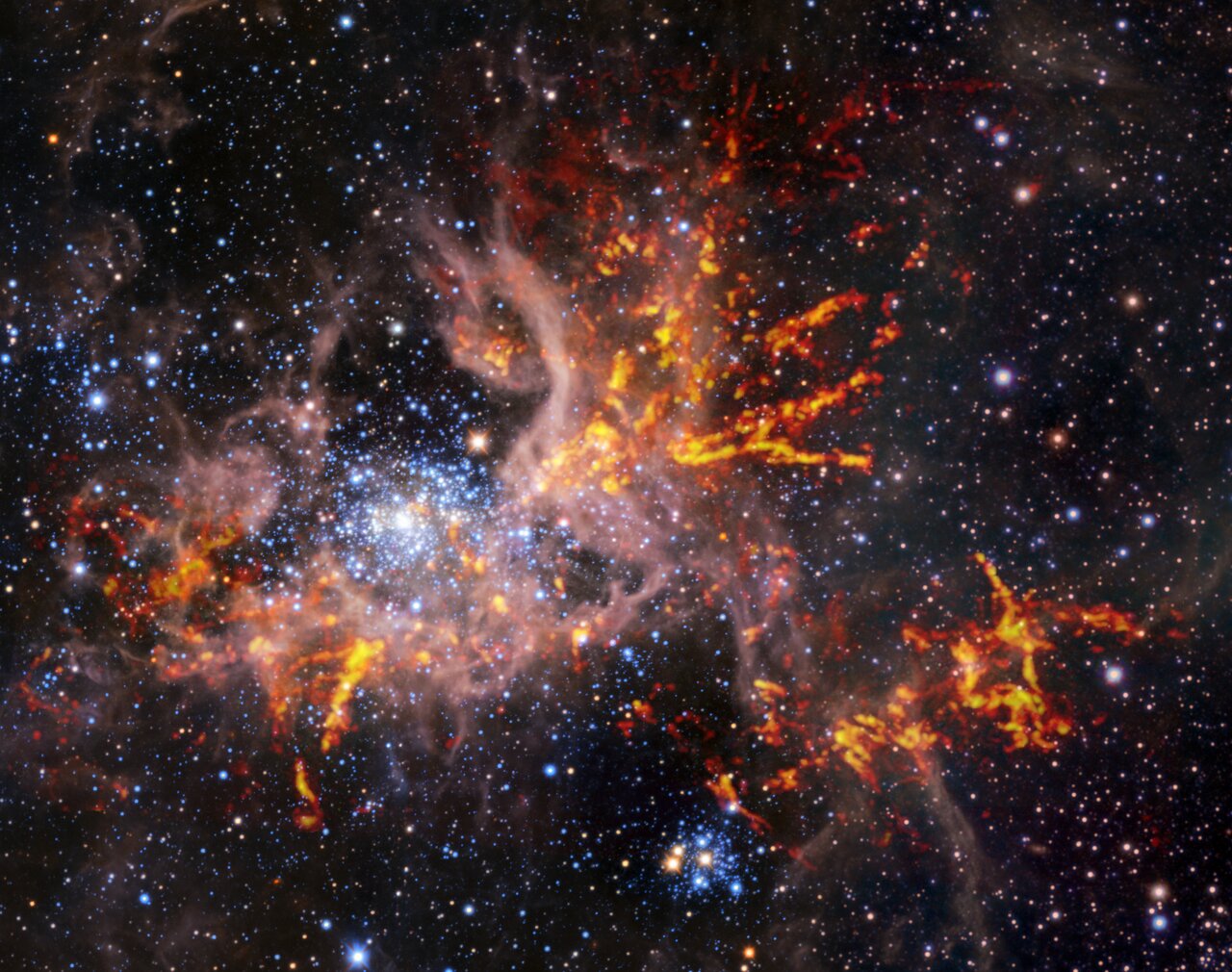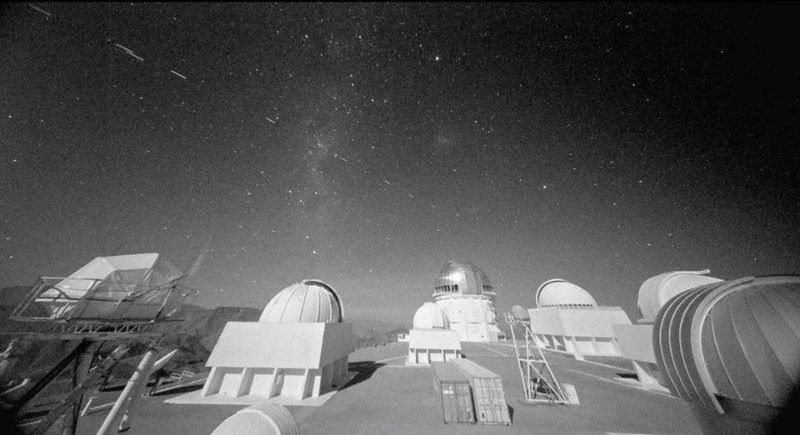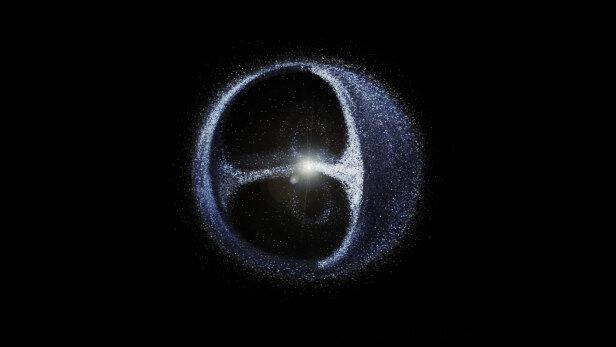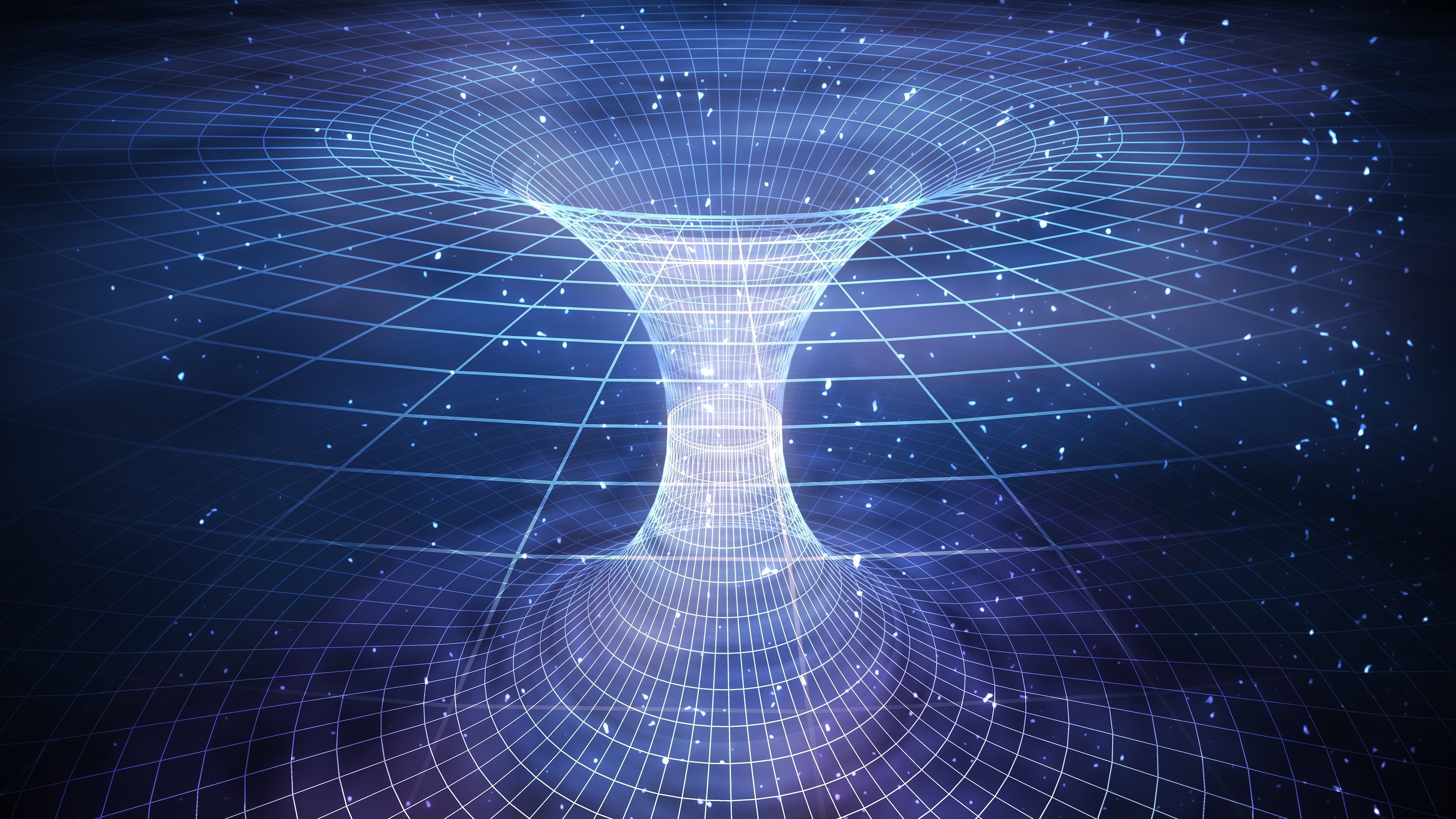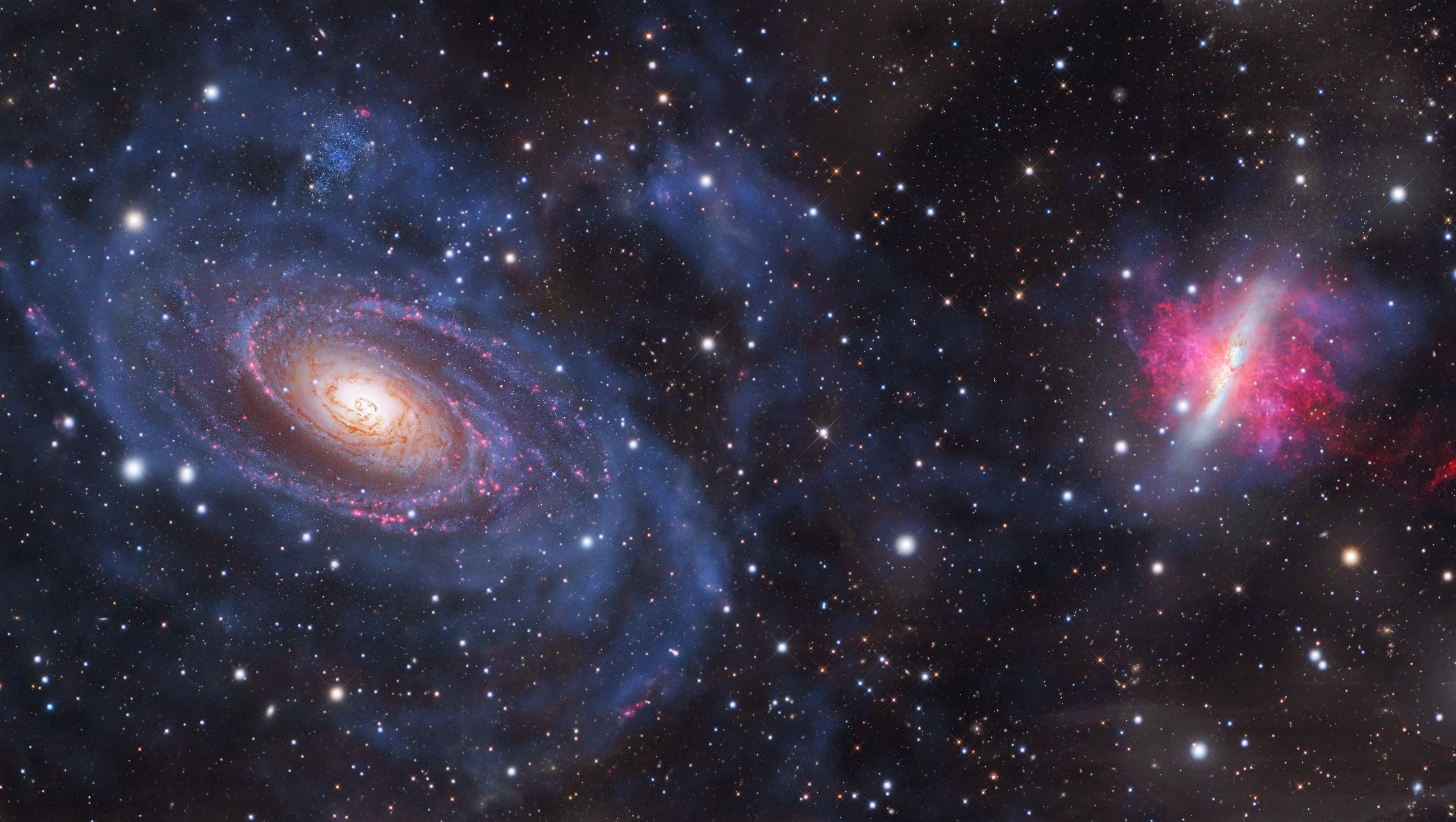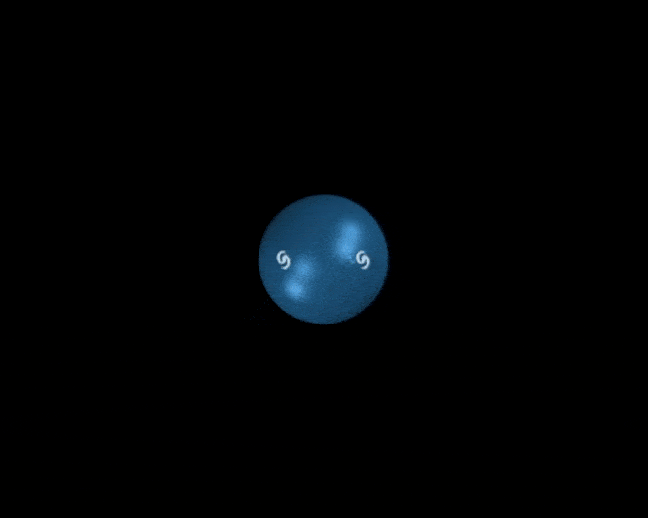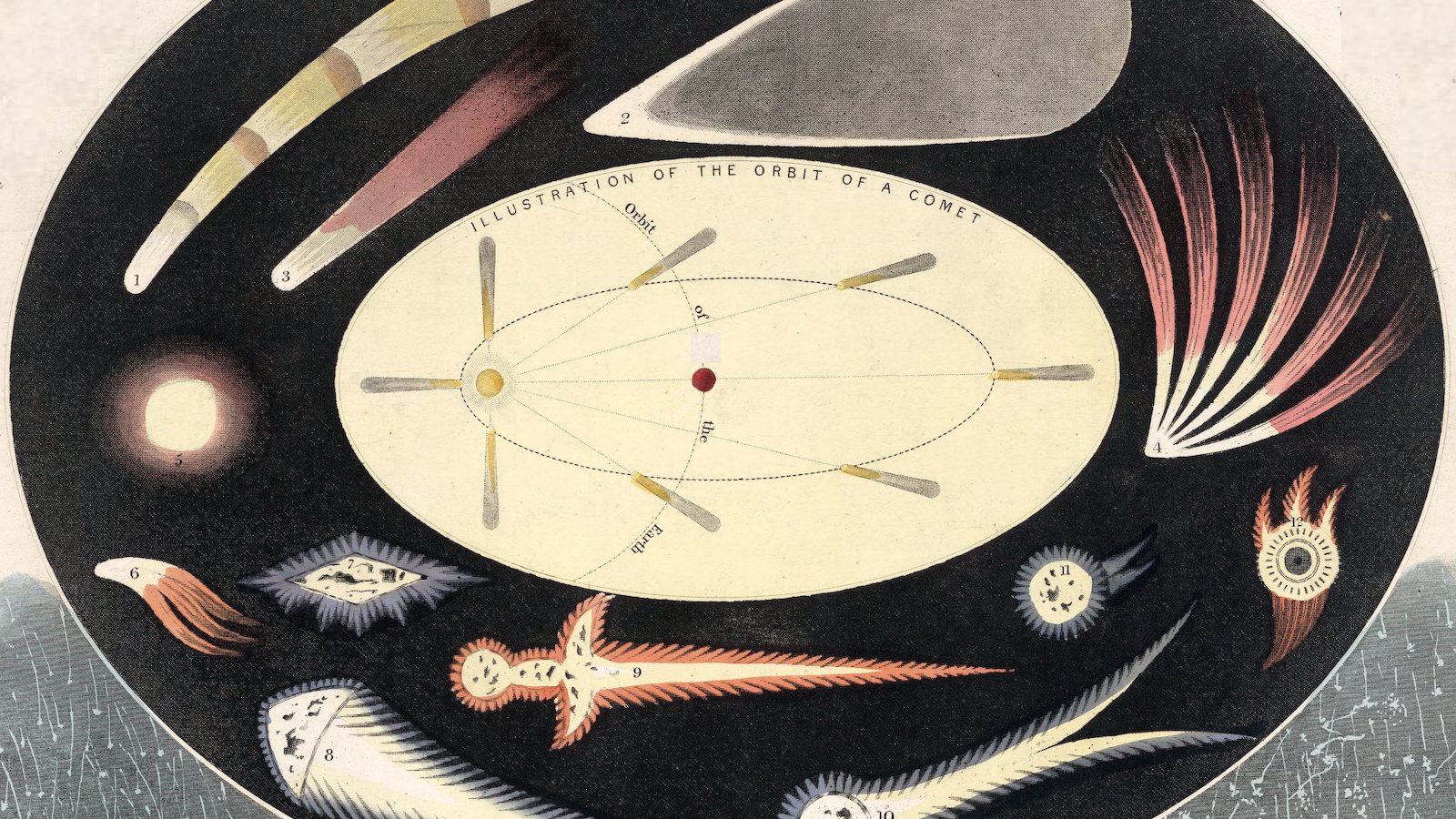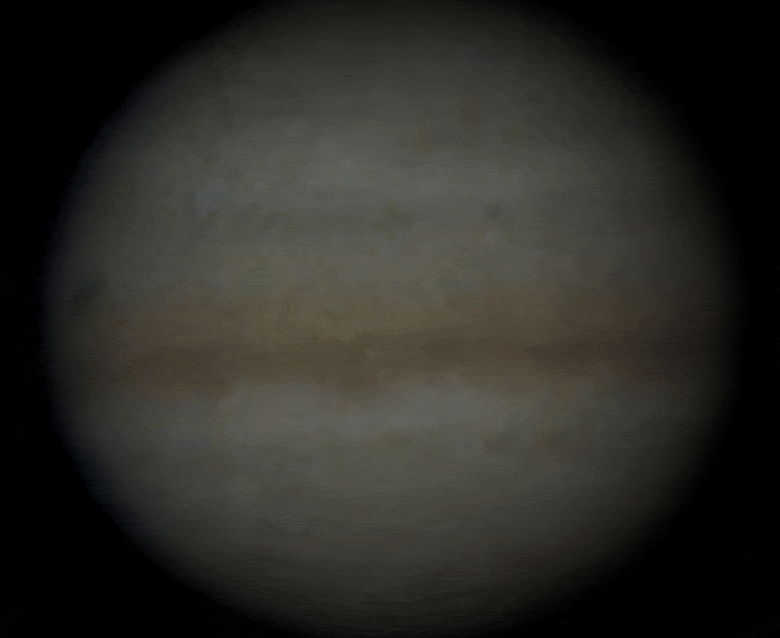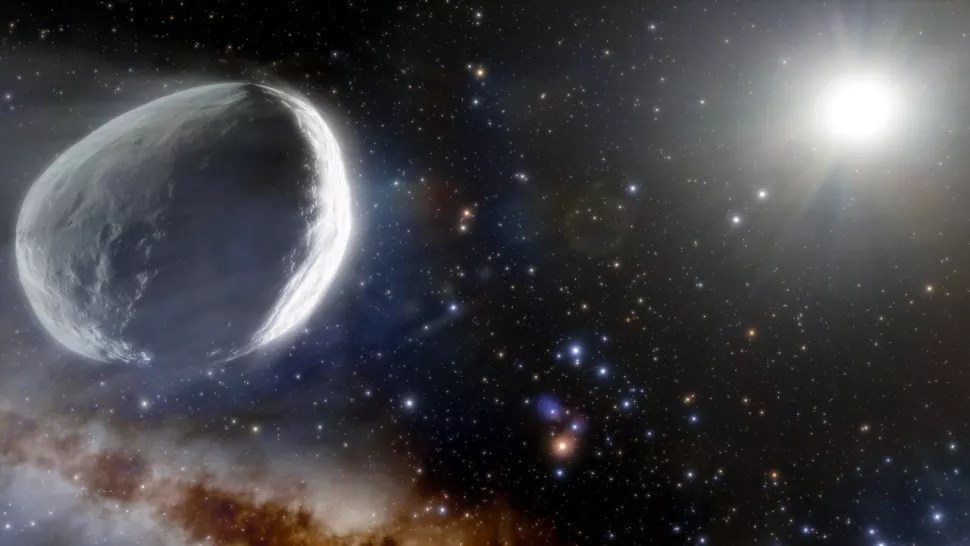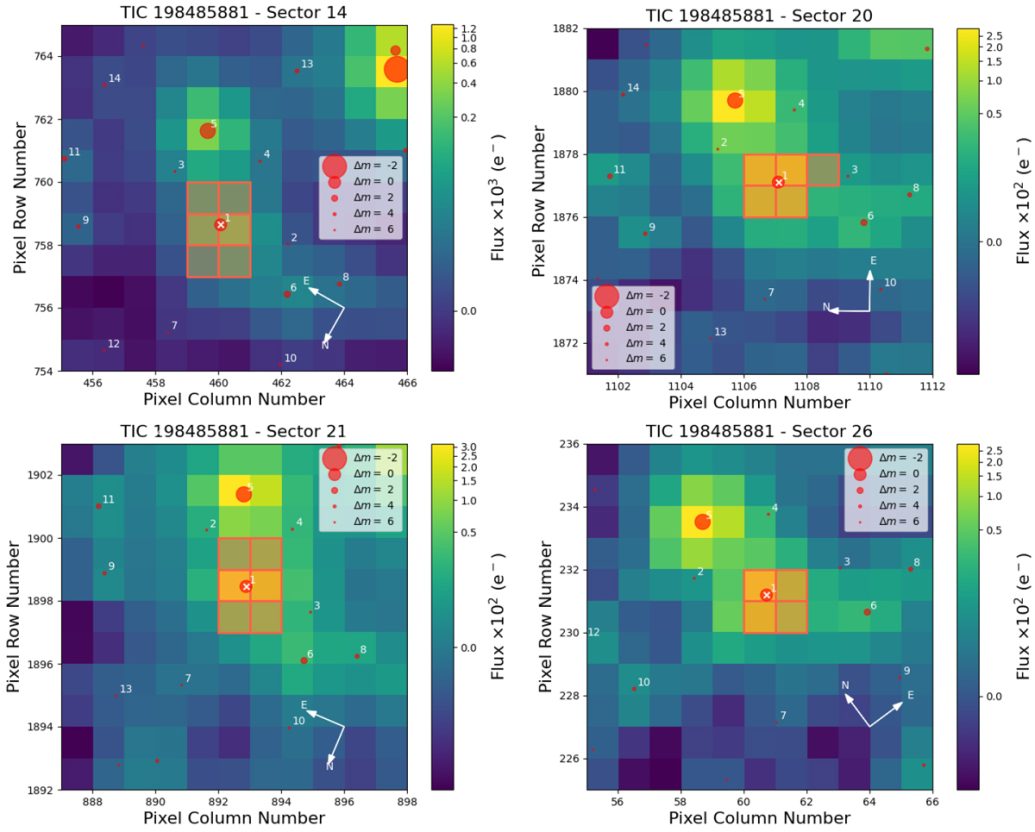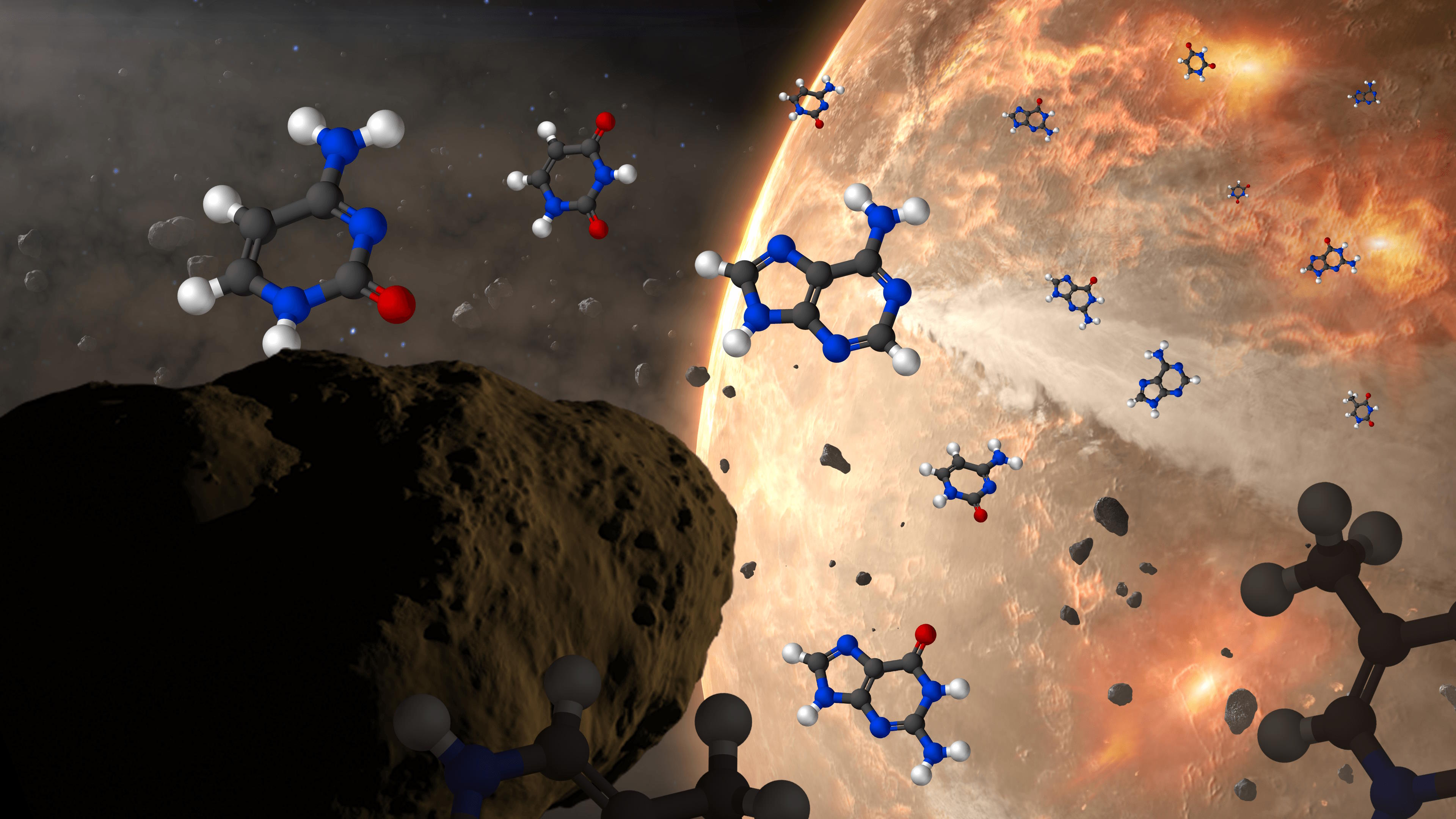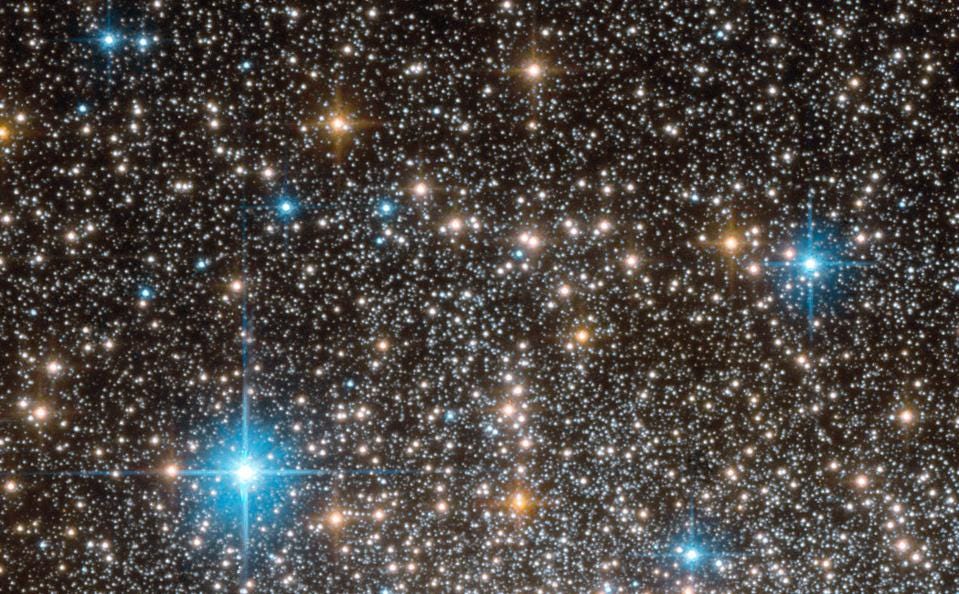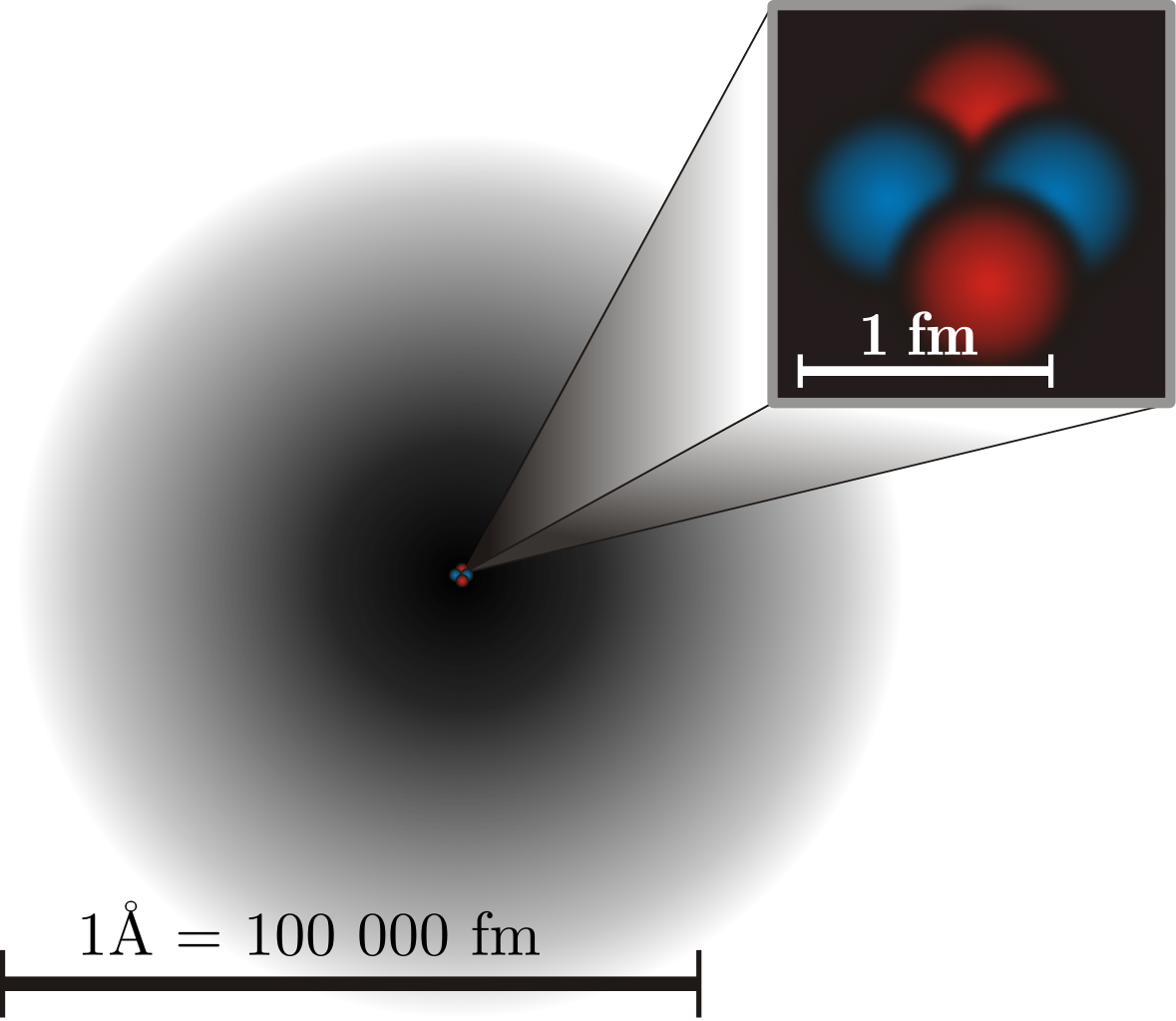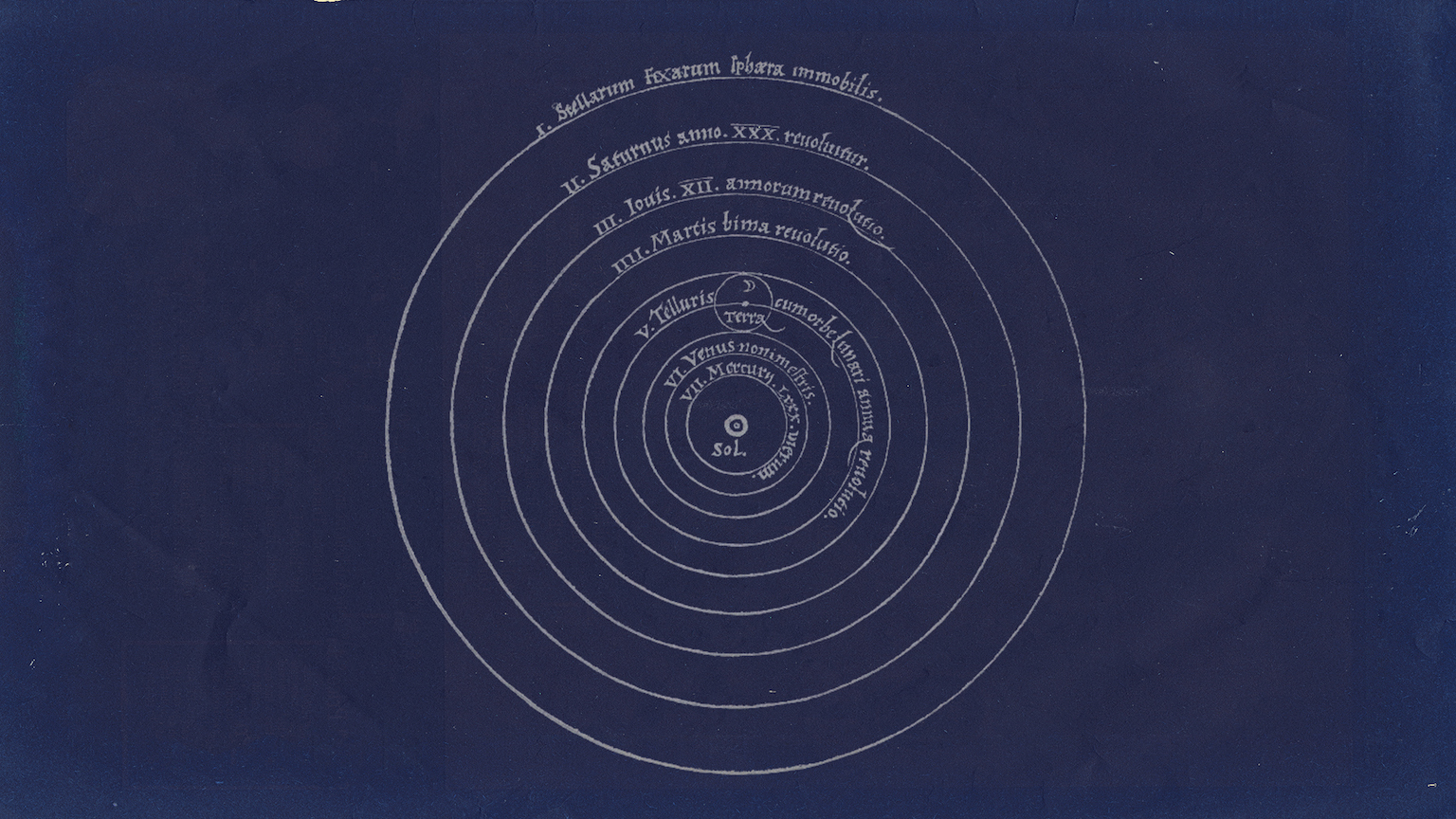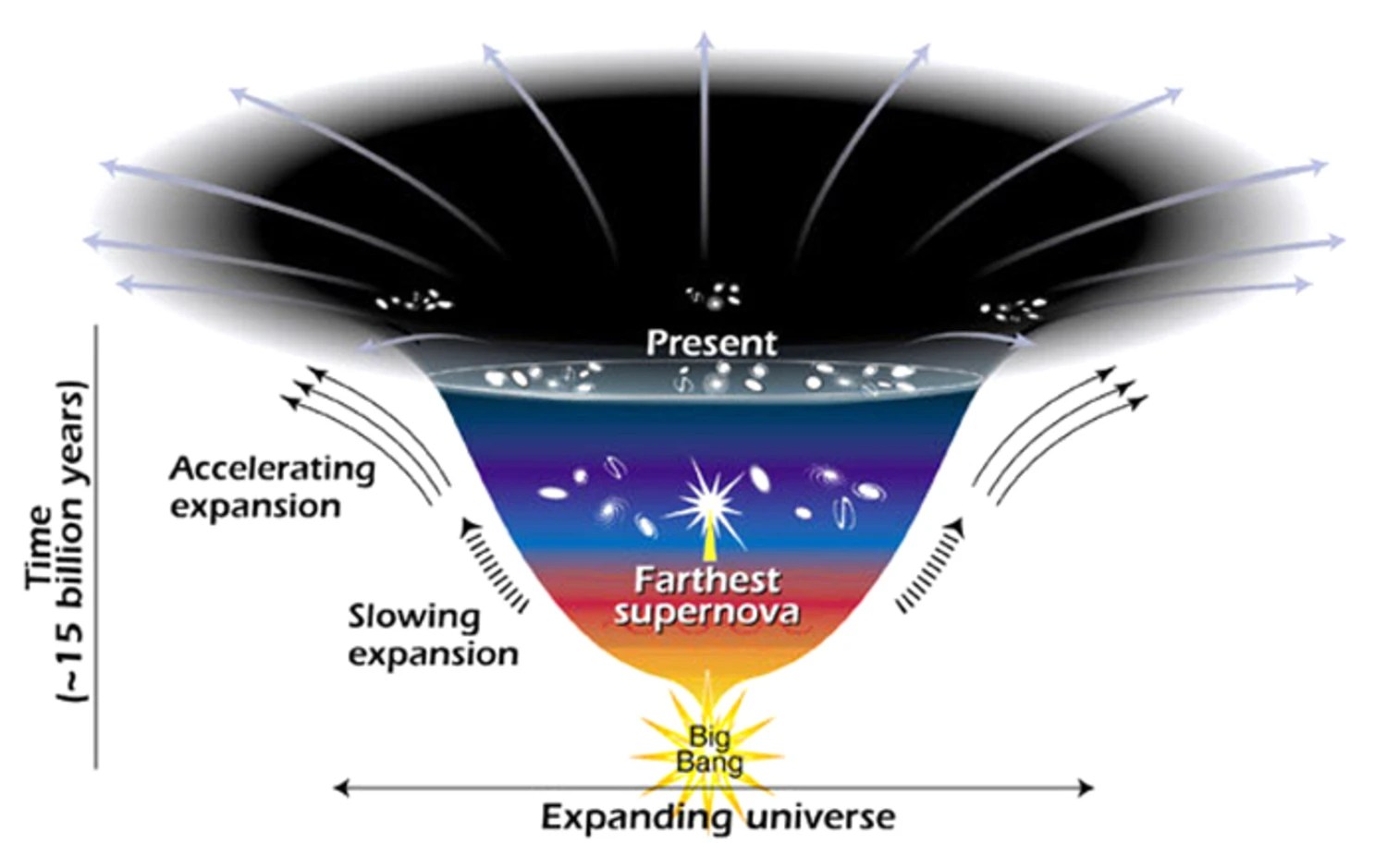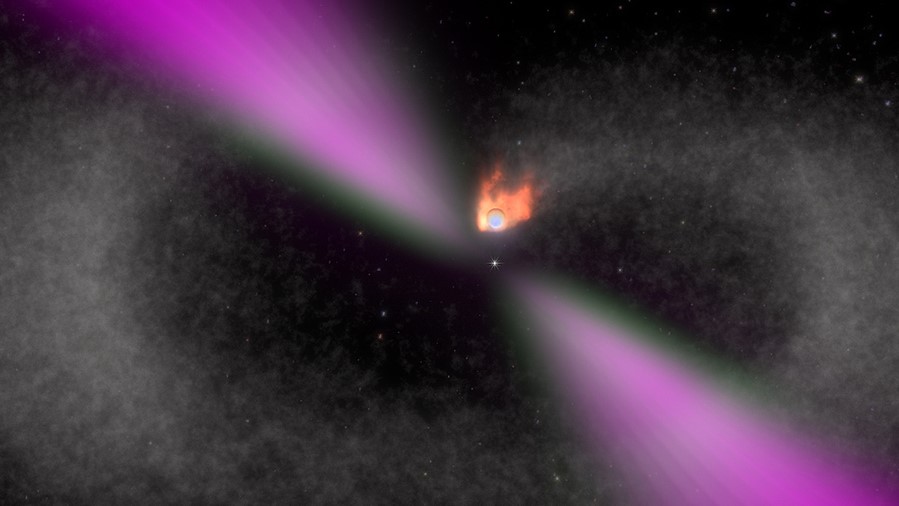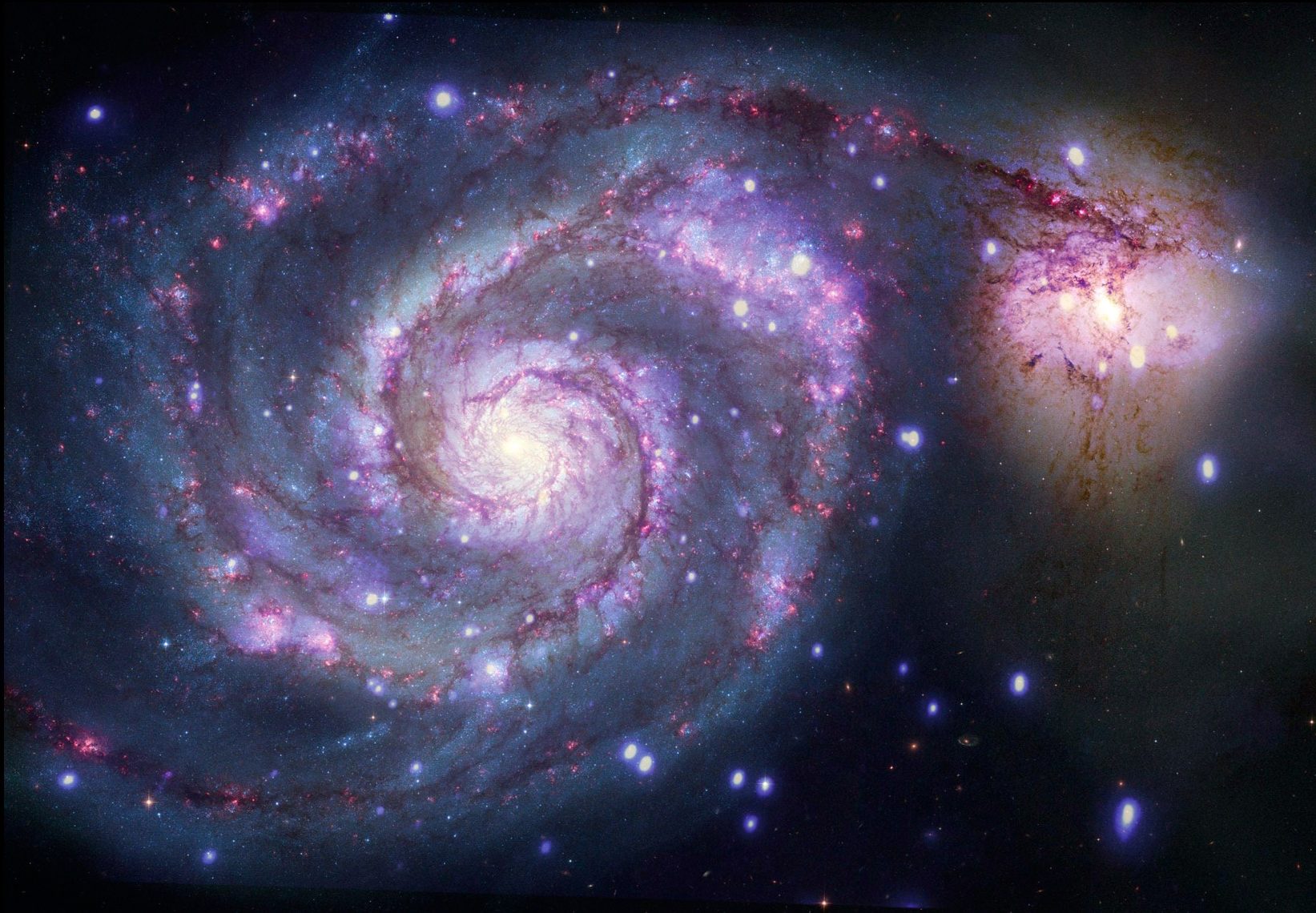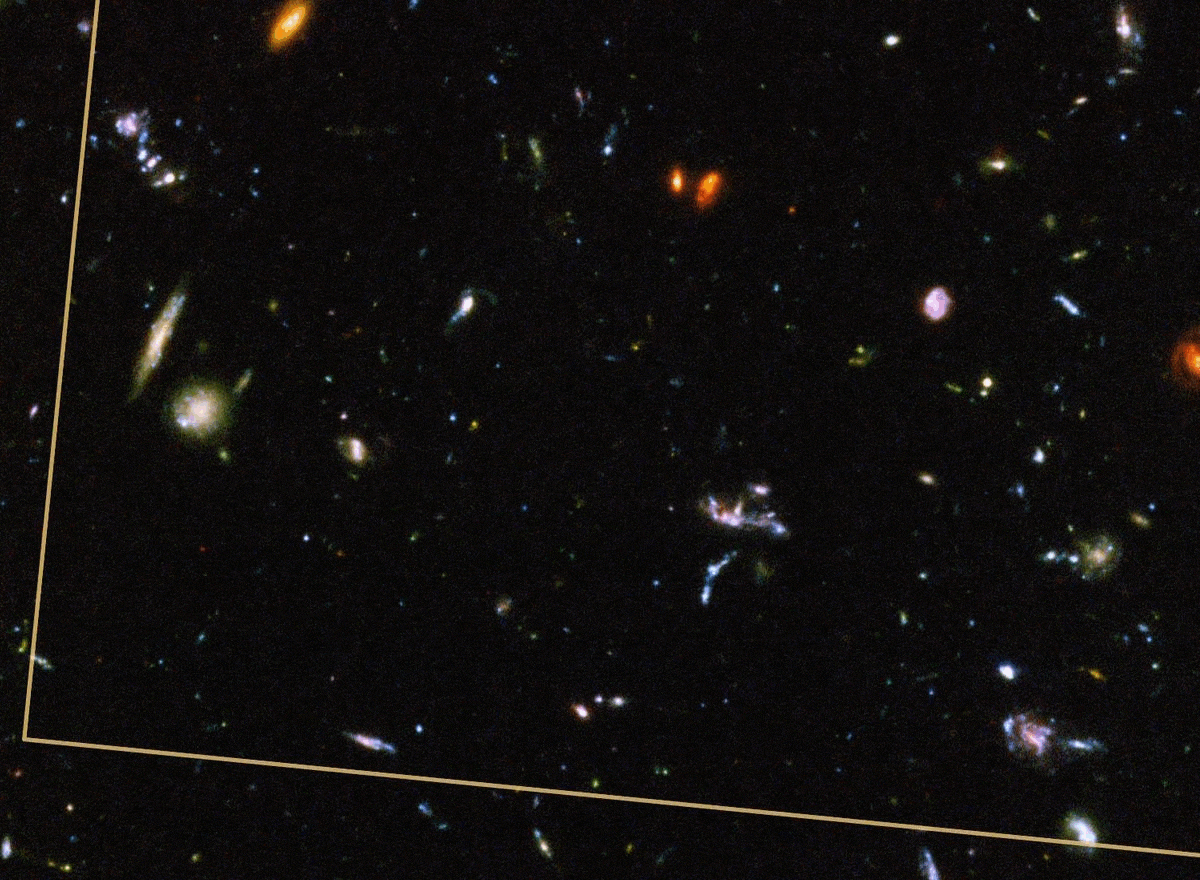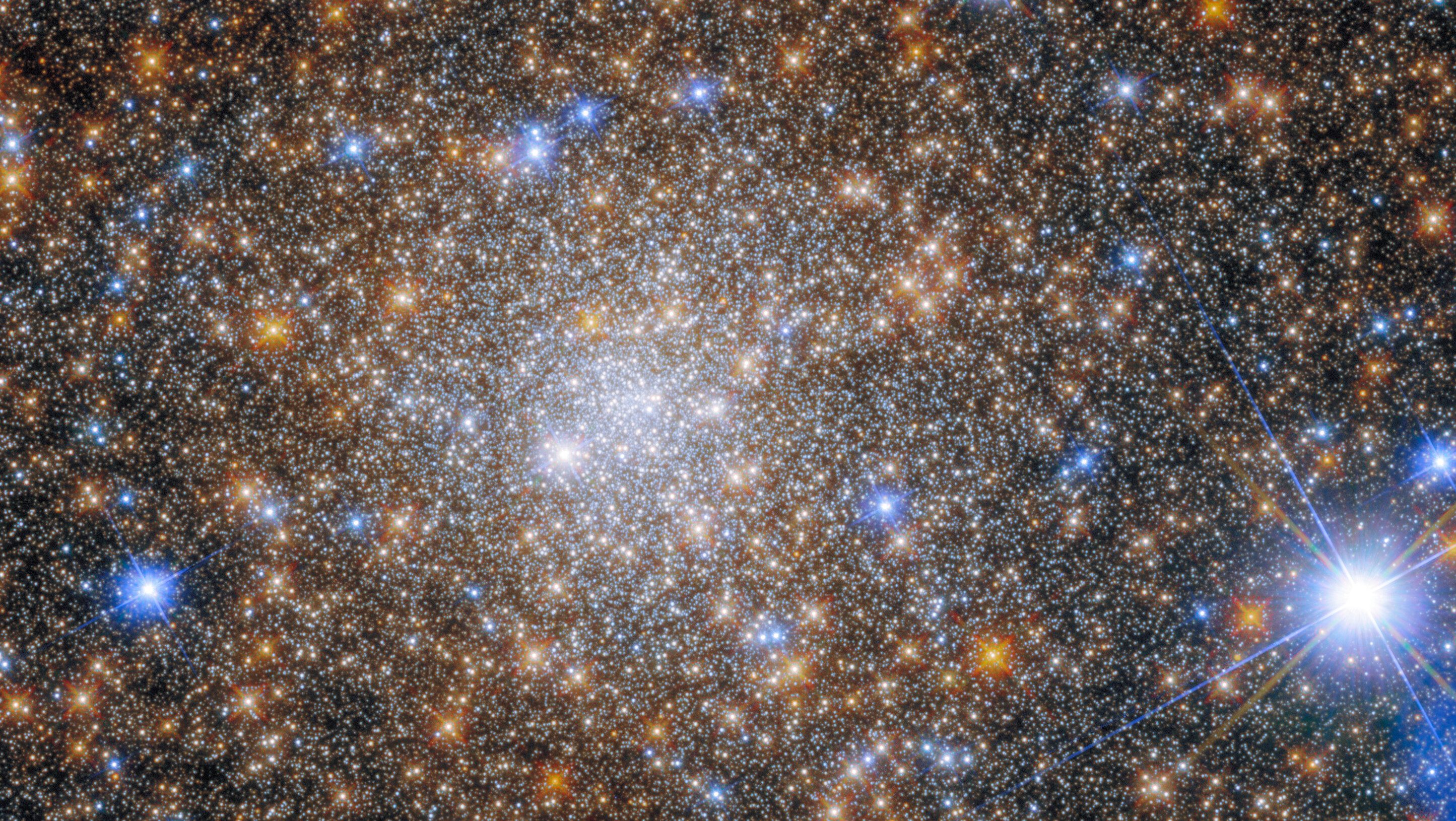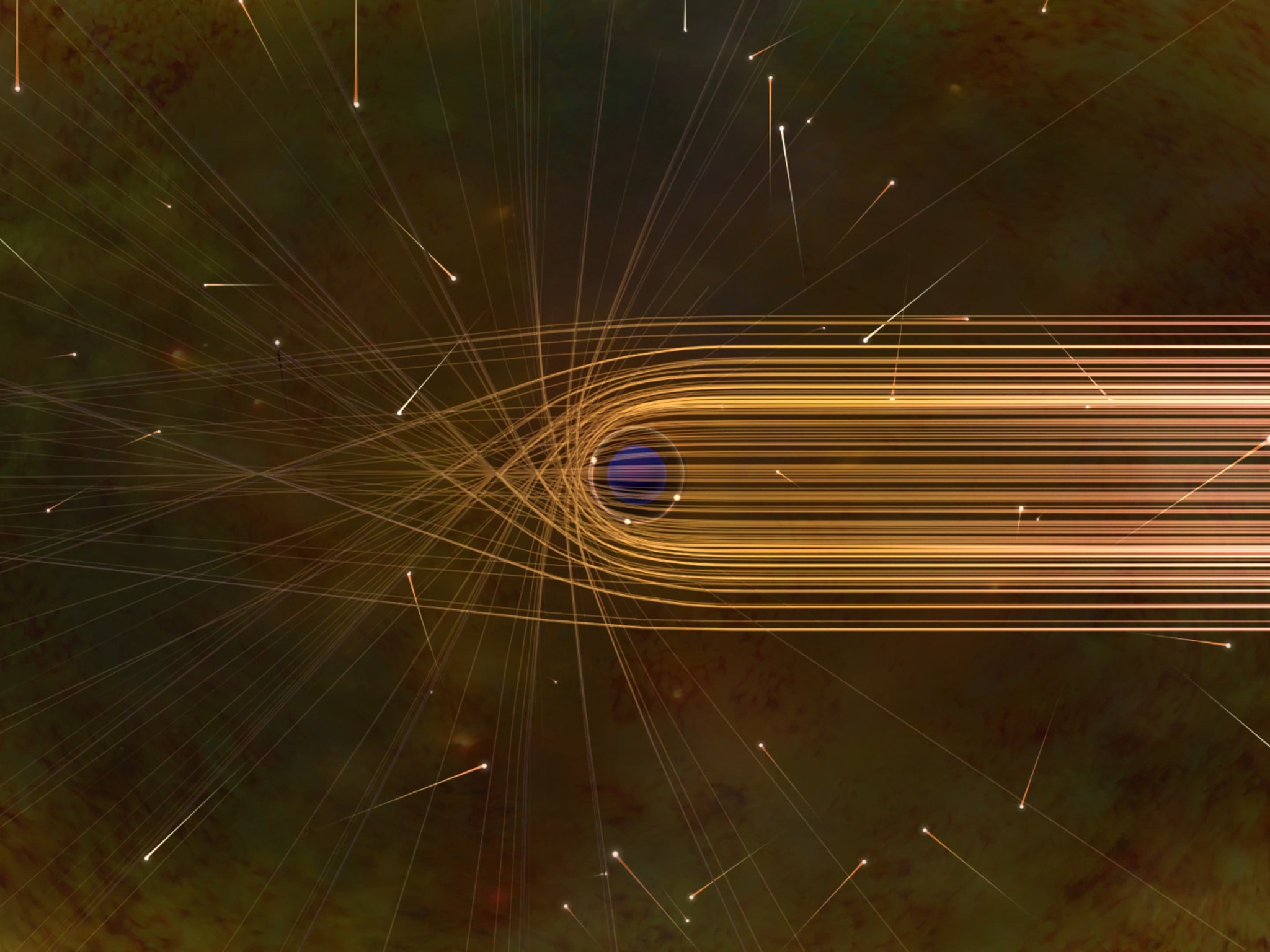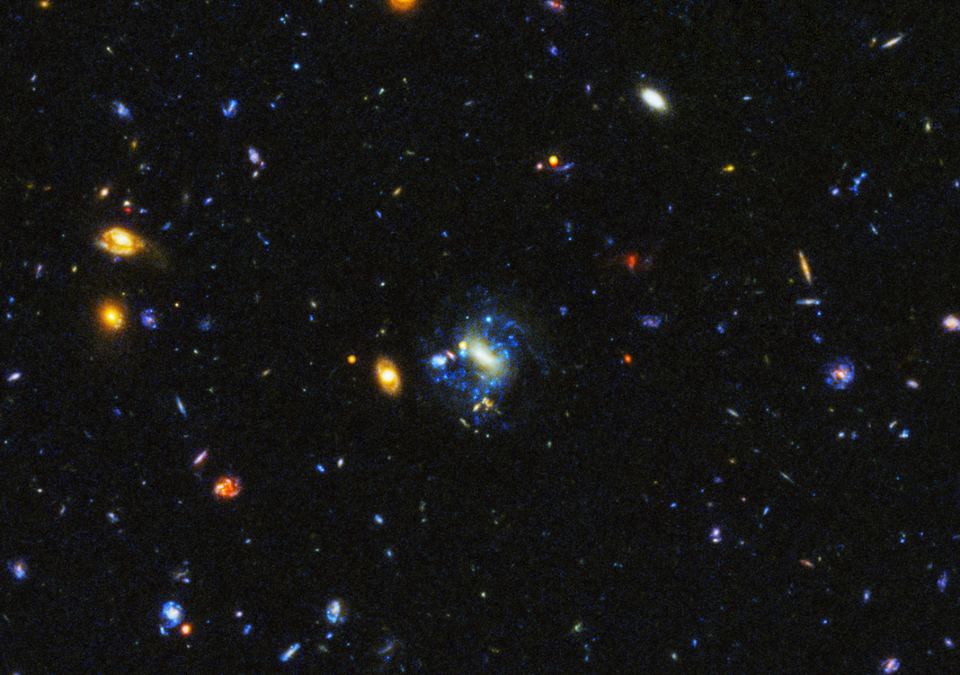Investments in public libraries are a long-term investment in children and communities.
Search Results
You searched for: Telescope
Our Solar System’s outer reaches, and what’s in them, was predicted long before the first Oort Cloud object was ever discovered.
When stars form, they emit energetic radiation that boils gas away. But it can’t stop gravitational collapse from making even newer stars.
Over the coming decades, over 100,000 new satellites are expected. For countless millennia, whenever we were faced with a clear, cloudless, moonless night, all of humanity was able to witness […]
Astronomers possibly solve the mystery of how the enormous Oort cloud, with over 100 billion comet-like objects, was formed.
Leading a scientific revolution is easy: you just have to succeed where the current theory fails while equaling its successes. Good luck!
Just 12 million light-years away, the galaxies Messier 81 and 82 offer a nearby preview of the Milky Way-Andromeda merger.
After more than two decades of precision measurements, we’ve now reached the “gold standard” for how the pieces don’t fit.
Whether they’re gas giants or rocky planets makes all the difference for life. Over the past 30 years, we went from not knowing if there were planets like ours around other […]
The thrills and horrors of strange heavenly bodies condensed into one attractive snapshot.
Even with all the recent impacts we’ve seen, it might be more “foe” than “friend” to us.
65 million years ago, an asteroid strike caused the 5th great mass extinction. Could we save Earth, today, from a similar event?
The giant impact theory suggests our Moon was formed from proto-Earth getting a Mars-sized strike. An exoplanet system shows it’s plausible.
The search for worlds outside our solar system has just turned up a planet, TOI-2257 b, with a truly extreme orbit.
When the Universe was first born, the ingredients necessary for life were nowhere to be found. Only our “lucky stars” enabled our existence.
There are ~400 billion stars in the Milky Way, and ~2 trillion galaxies in the visible Universe. But what if we aren’t typical?
One image can give over 100 times the data we now get from Hubble. NASA’s Hubble Space Telescope, launched in 1990, revealed the previously unseen Universe. The most distant galaxy ever […]
Atomic clocks keep time accurately to within 1 second every 33 billion years. Nuclear clocks could blow them all away.
The Copernican principle states that Earth is an ordinary planet, but that does not mean that life is ordinary in the universe.
All forms of energy affect the expanding Universe. But if matter and radiation slow the expansion down, how does dark energy speed it up?
“The pulsar sort of consumes the thing that recycled it, just as the spider eats its mate.”
In 1920, astronomers debated the nature of the Universe. The results were meaningless until years later, when the key evidence arrived.
JWST has brought us more distant views of the early Universe than ever before. Is the Big Bang, and all of modern cosmology, in trouble?
If you look into a mirror, you’ll notice that left-and-right are reversed, but up-and-down is preserved. The reason isn’t what you think.
Sun-like stars live for around 10 billion years, but our Universe is only 13.8 billion years old. So what’s the maximum lifetime for a star?
Where did the “seed” magnetic field come from in the first place?
Signals from across the universe point toward a fascinating possibility.
For many years, cosmologists have claimed the Universe is 13.8 billion years old. A new paper says no, it’s 26.7 billion. How do we decide?
What do we mean by a black hole’s size? A photon sphere? The minimal stable orbit? The event horizon? The singularity? Which one is right?
Previously, only the brightest and most active galaxies could pierce the obscuring wall of cosmic dust. At last, normal galaxies break through.

